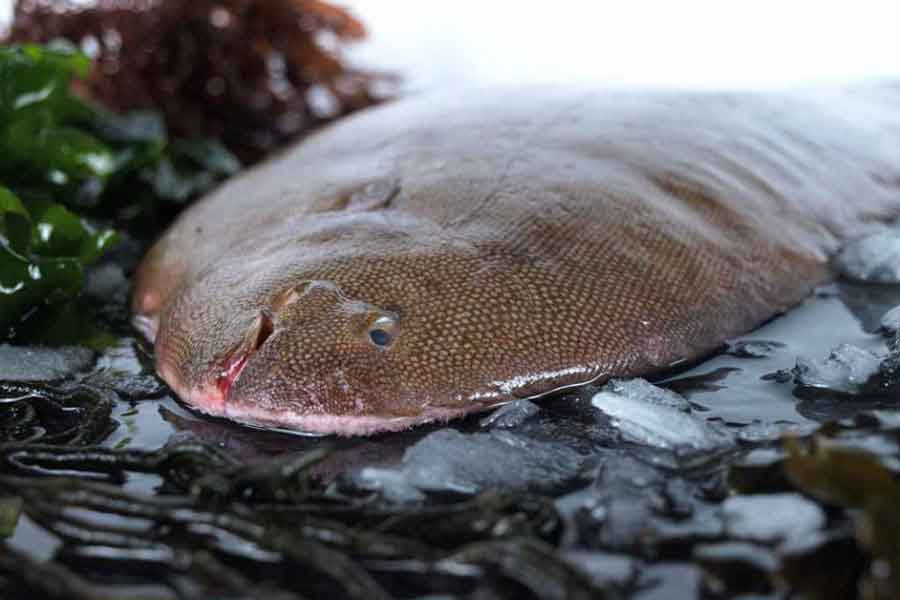
Undoubtedly, fish have many and varied strategies to defend themselves against being eaten by other fish, and perhaps the most sophisticated group when it comes to self-protection is the benthic fish, as they feed on the bottom (benthos) and are often easily preyed upon by more aggressive fish. Almost all groups of benthic fish live among coral or rocks, where they find a safe refuge from predator attacks. They rarely venture into sandy bottoms where they would become easy prey.
However, flounders have evolved to live in sandy bottoms, where they obtain their food consisting of tube worms and small larvae. Their flattened bodies rest on the seabed, blending in so well that they are barely distinguishable when swimming, as they can perfectly mimic the color of the surrounding environment. But the great mystery of this fish lies in its birth. The larvae are initially similar to other flatfish larvae, with an eye on each side of their face and swimming in a normal position. After a few days, something strange happens: one of the eyes starts moving towards the opposite side of the head, the mouth twists, and the pectoral fins grow unevenly. During this period, the young flounder settles on the seafloor, where it spends most of its life lying on its blind side with its eyes looking upwards, thereby achieving better vision. The blind side of the flounder does not develop any pigmentation and is usually whitish in color.
While the exposed side adapts to the color of the surrounding seabed, this characteristic is a result of visual stimuli, as specimens that were blinded in laboratory experiments lost this ability. Flounders are among the most highly prized edible fish and can be found in all temperate seas around the world.
«You cannot defend what you do not love, and you cannot love what you do not know.»

